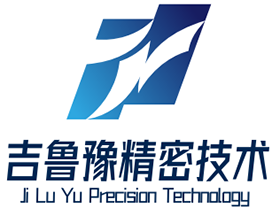Achieving a Smooth Finish in CNC Machining: Techniques to Remove Tooling Marks
In the world of precision machining, removing tooling marks after CNC processing is essential to achieve a smooth, polished surface. Here are some common techniques to effectively eliminate those marks:
Grinding: This is a widely used method involving abrasive wheels or grinding heads to meticulously remove burrs and tooling marks, resulting in a smooth finish.
Chemical Processing: CNC parts can be submerged in acidic or alkaline solutions, which react with the surface to corrode and remove imperfections, enhancing the surface quality.
Electropolishing: This involves making the CNC part the anode in an electrolytic cell. During the process, an oxide layer forms, and subsequent polishing removes tooling marks and burrs. It’s especially useful for high-precision metals like stainless steel, copper, and aluminum.
Magnetic Polishing: Utilizing magnetic machines, stainless steel needles are drawn to the surface of the part, and high-speed rotation effectively removes tooling marks. This method is particularly efficient for stainless steel.
Selecting the right technique depends on the material and specific requirements of the part. Whether it’s the traditional grinding method, chemical polishing for smoothness, or magnetic polishing for burr removal, the right approach not only improves surface quality but also boosts production efficiency and overall performance.





